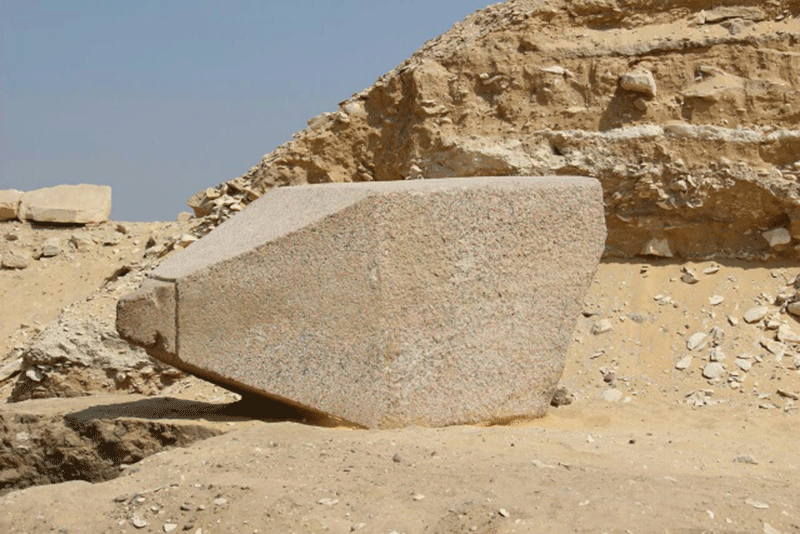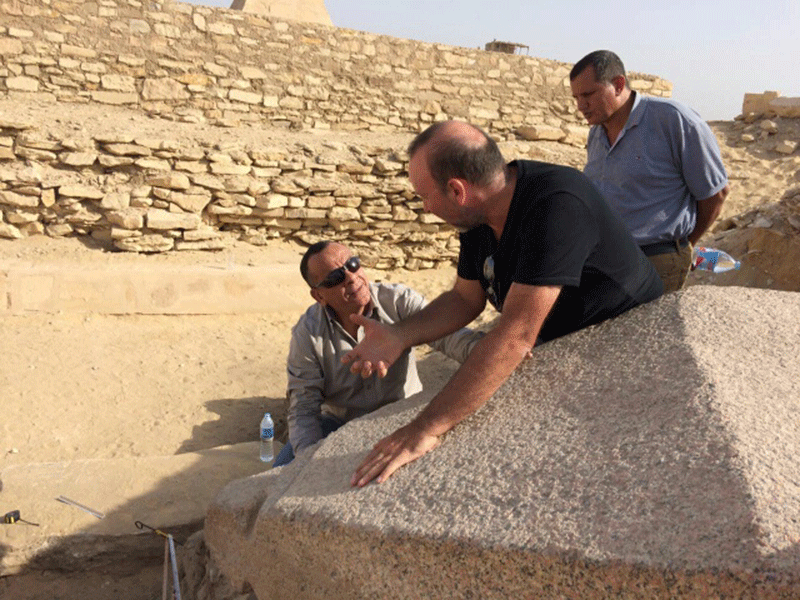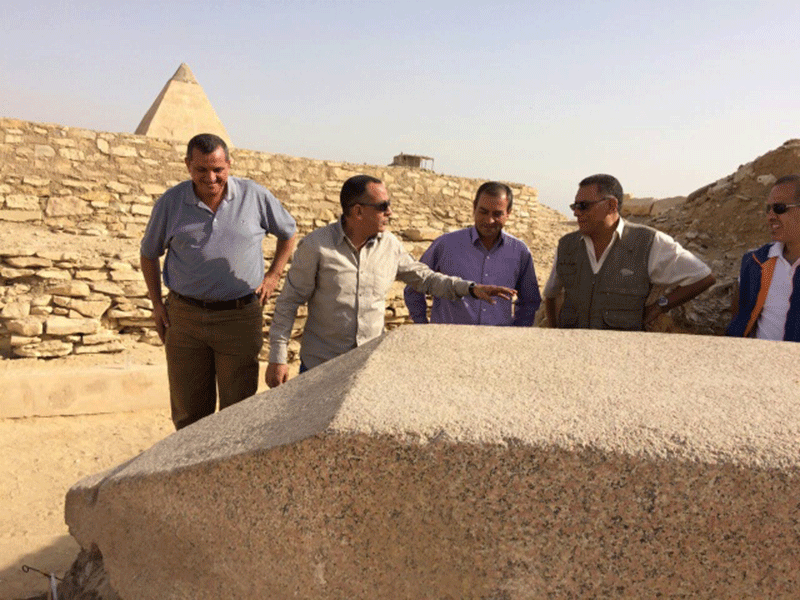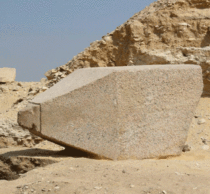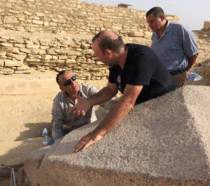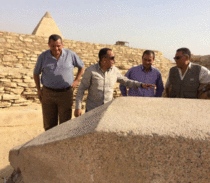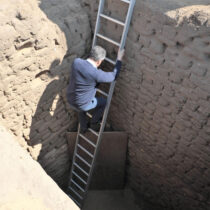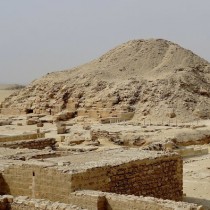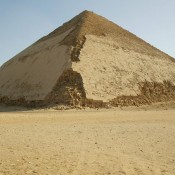A part of an obelisk dating to the Old Kingdom that has been discovered in Egypt is the largest one found so far. The discovery was made at the Saqqara necropolis and the obelisk belonged to Queen Ankhnespepy II, mother of King Pepy II of the 6th Dynasty (around 2350 BC).
Excavations at the site were conducted by a Swiss-French archaeological mission led by professor Philippe Collombert from the University of Geneva.
The item was discovered at the eastern side of the queen’s pyramid and funerary complex. Its original location must have been at the entrance of her funerary temple, as was the practice at the time it was created, so the obelisk was probably removed and dragged away, perhaps by stonecutters at a later period.
The part of the obelisk found is carved in red granite and is 2.5 metres tall. Collombert said that the entire obelisk must have been 5 metres tall. According to Mostafa Waziri, secretary general of the Supreme Council of Antiquities, the obelisk bears an inscription on one side, probably with the beginning of titles and the name of Queen Ankhnespepy II; it is the first time inscriptions of pyramid texts were carved on a queen’s pyramid. The practice continued after Ankhnespepy II by some wives of King Pepy II. The pyramidion, the tip of the obelisk, was probably covered with metal slabs, as is indicated by a small deflection. It was probably a foil of copper or gold to make the item glint in the sun.
Ankhnespepy II was married to Pepy I. When he died, she married Merenre, his son with her sister Ankhnespepy I. She had a child who became the future King Pepy II. When her child died at about the age of six, she became regent. She didn’t become a Pharaoh, as Hatshepsut later on, but she did rule the country. That is why her pyramid is the biggest in the necropolis after that of the king. That also explains the size of the obelisk.
